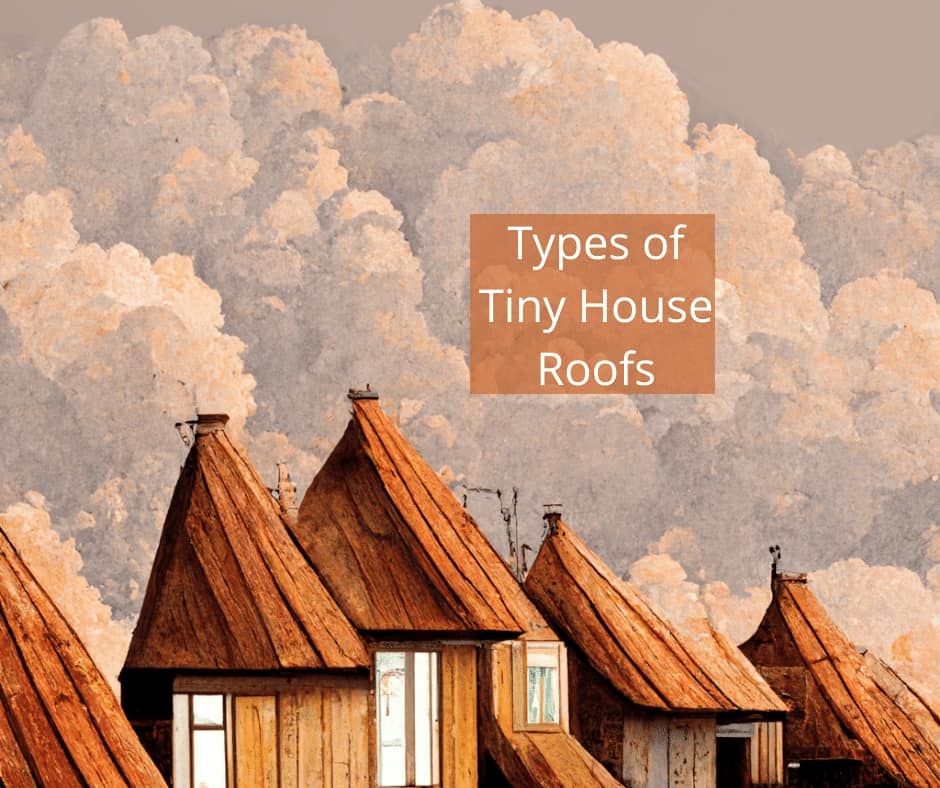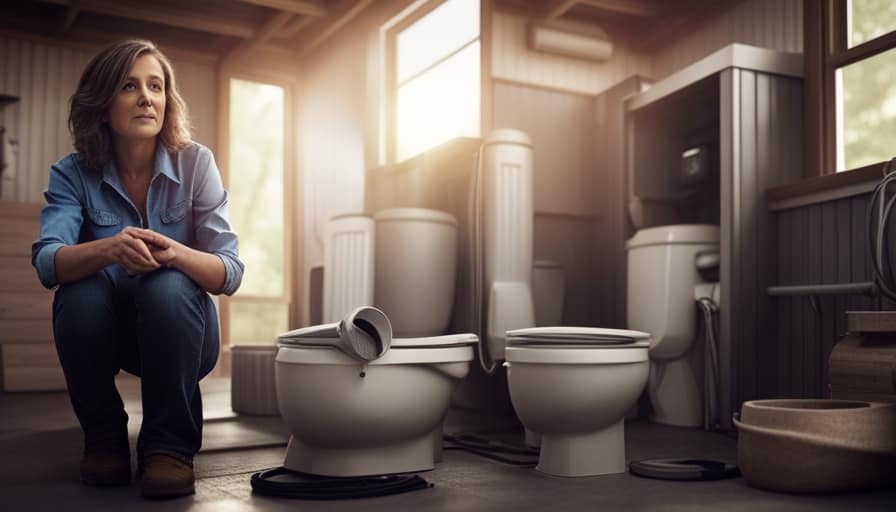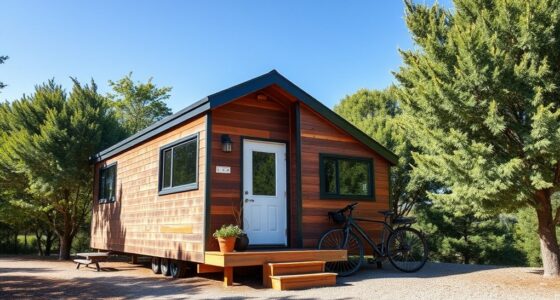I have a dilemma: small black flies have infiltrated my house. They are not only bothersome, but they appear to be reproducing rapidly.
It’s time to take action and get rid of these pests once and for all. Lucky for you, I’ve done my research and gathered expert advice on how to tackle this issue head-on.
In this article, I’ll share scientific insights, detailed explanations, and effective solutions to help you banish those pesky flies from your home.
Let’s get started!
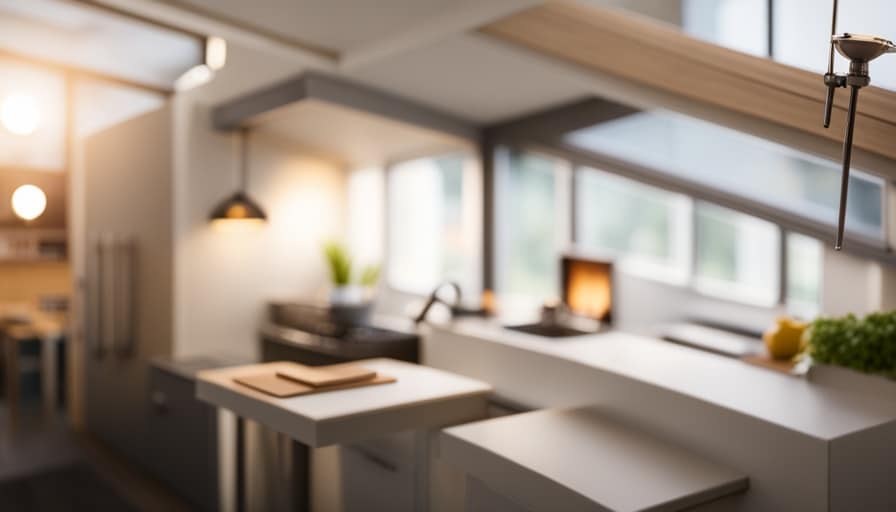
Key Takeaways
- Tiny black flies, also known as fungus gnats, are attracted to moist environments and commonly infest overwatered houseplants.
- To prevent infestations, it is important to avoid overwatering plants and allow the soil to dry out between waterings.
- Sticky traps can help catch adult flies and reduce their population, while sealing cracks and openings in windows, doors, and screens can prevent flies from entering the house.
- Natural remedies such as homemade fly traps using apple cider vinegar and dish soap, lemon-scented dish soap solution, and maintaining good hygiene and cleanliness in the home can help eliminate tiny black flies.
Identifying the Types of Tiny Black Flies in Your House
I can easily identify the types of tiny black flies in my house. These pesky insects are commonly known as fungus gnats, which belong to the family Sciaridae.
Fungus gnats are small, delicate flies that measure about 1/8 of an inch long. They’re dark-colored, with black bodies and long, slender legs. One noticeable characteristic of these flies is their habit of hovering around moist areas.
Fungus gnats are attracted to damp soil, decaying organic matter, and overwatered plants, making these areas their common breeding grounds. Signs of infestation include the presence of adult flies, as well as the presence of larvae in the soil or around decaying matter.
To effectively eliminate fungus gnats from your house, understanding the causes of their infestation is crucial.
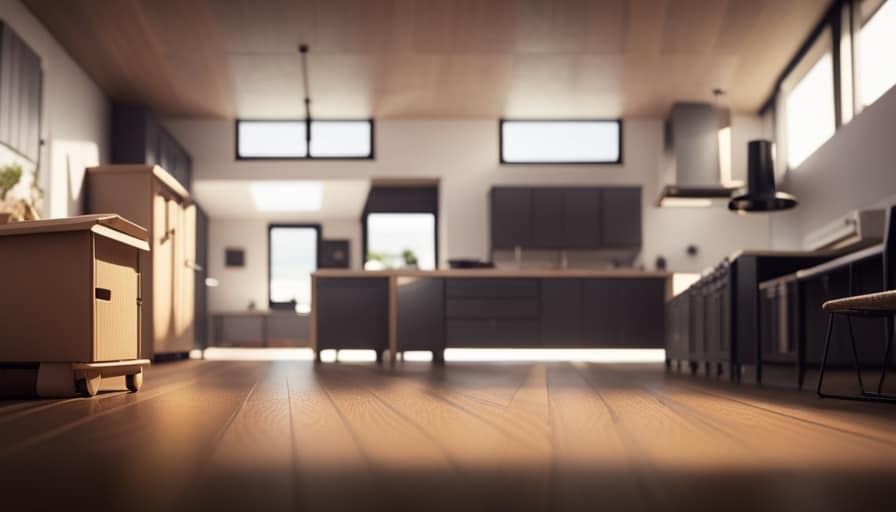
Understanding the Causes of Tiny Black Flies Infestation
To effectively address the issue of tiny black flies infestation in your house, it’s important to understand the causes behind their presence.
These tiny black flies, also known as fungus gnats, are commonly found in households and can be a nuisance. Fungus gnats are small, delicate flies with a length of about 1/8 inch. They’re attracted to moist environments, which is why they’re often found in areas with overwatered houseplants.
The adult flies don’t cause any direct harm to humans, but their larvae feed on organic matter, including the roots of plants, which can lead to stunted growth and even plant death.
To prevent breeding, it’s crucial to avoid overwatering plants and allow the soil to dry out between waterings. Additionally, using sticky traps can help catch adult flies and reduce their population.
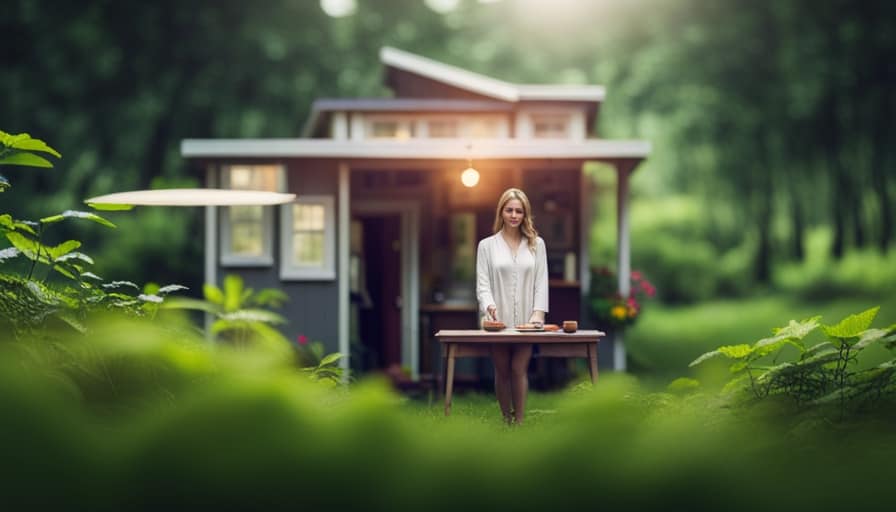
Natural Remedies to Eliminate Tiny Black Flies
How can I naturally eliminate these tiny black flies in my house? When dealing with a tiny black fly infestation, there are several home remedies and fly traps that can help eradicate these pests. One effective method is to create a homemade fly trap using common household items. Simply mix apple cider vinegar with a few drops of dish soap in a bowl or jar, cover it with plastic wrap, and poke small holes in the top. The flies will be attracted to the vinegar scent and get trapped in the liquid. Another natural remedy is to make a solution of water and lemon-scented dish soap and spray it around areas where the flies are present. The soap acts as a deterrent and helps eliminate the flies. Additionally, maintaining good hygiene and cleanliness in your home, such as regularly emptying trash bins and cleaning up spills, can prevent the flies from breeding and infesting your space. By implementing these home remedies and using fly traps, you can successfully eliminate tiny black flies from your house.
| Home Remedies | Fly Traps |
|---|---|
| Apple cider vinegar and dish soap mixture | Homemade fly traps made with jars or bowls |
| Water and lemon-scented dish soap solution | Sticky fly traps |
| Good hygiene and cleanliness practices | UV light fly traps |
Chemical Solutions for Getting Rid of Tiny Black Flies
One option is using commercial insecticides or bug sprays, but it’s important to follow the instructions carefully to ensure safe and effective use. These insecticides contain active ingredients that target and kill the flies upon contact. They’re designed to disrupt the flies’ nervous system, leading to paralysis and eventually death.
However, it’s crucial to choose a product specifically labeled for use against flies and to follow the recommended application rates and methods. Some insecticides can be applied directly to surfaces, while others are formulated as aerosols for easy spraying.
It’s important to note that chemical solutions should be used as a last resort, after trying natural methods, as they may pose health risks if not used properly.
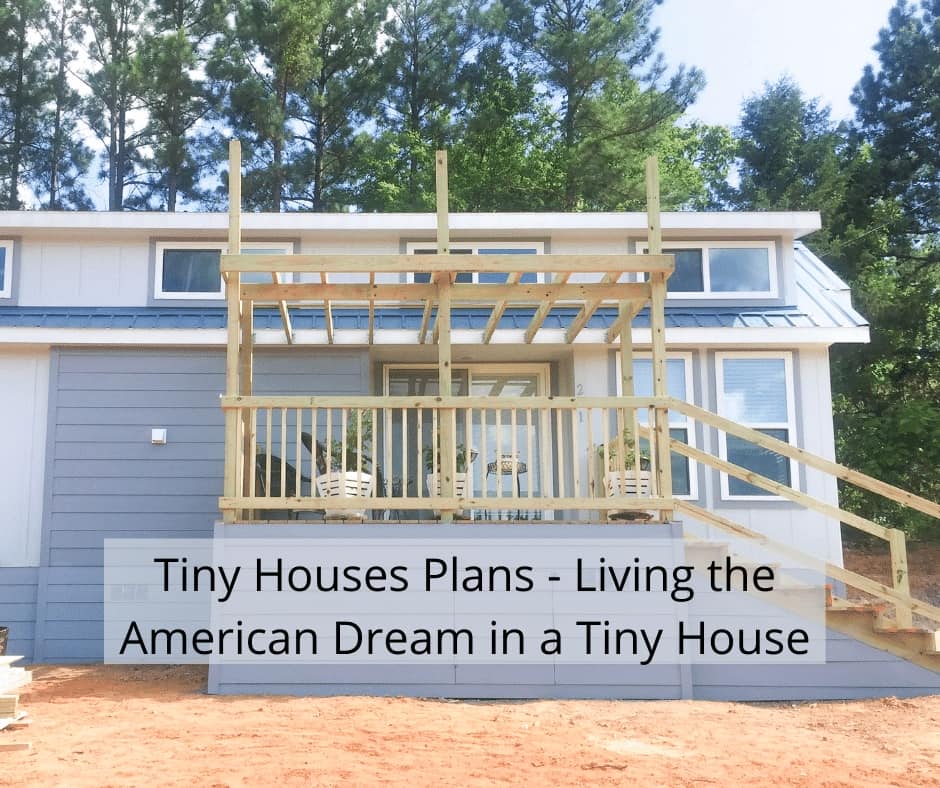
Preventing Future Infestations of Tiny Black Flies
I can take a few precautions to prevent future infestations of tiny black flies in the house, such as keeping the kitchen clean and disposing of ripe fruits and vegetables.
To ensure long-term solutions and prevent reoccurrence, it’s important to:
-
Seal any cracks or openings in windows, doors, and screens to prevent tiny black flies from entering the house.
-
Clean up spills and food debris immediately, as they can attract and provide a food source for the flies.

-
Regularly empty and clean garbage bins, as they can become breeding grounds for these pests.
By following these steps, we can create an environment that’s less attractive to tiny black flies and reduce the likelihood of future infestations.
It’s important to remain vigilant and continue practicing good hygiene and sanitation measures to maintain a fly-free home.
Frequently Asked Questions
How Do I Know if the Tiny Black Flies in My House Are Harmful or Dangerous?
To differentiate between harmful and harmless black flies in the house, observe their behavior and appearance. Harmful flies like fruit flies can transmit diseases. Prevent infestation by keeping your house clean, disposing of trash properly, and sealing potential entry points.
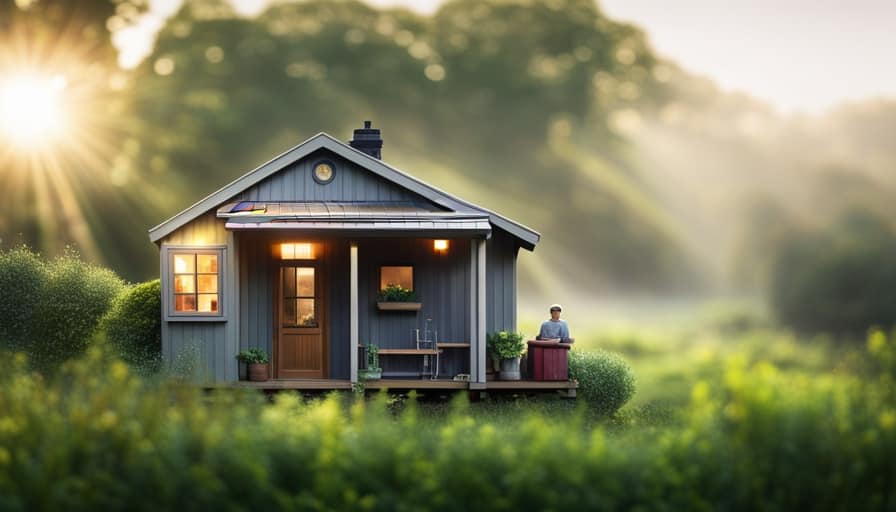
Can Tiny Black Flies Transmit Diseases to Humans or Pets?
Tiny black flies can transmit diseases to humans and pets, making them a potential health threat. To protect ourselves and our pets, we should take measures to eliminate their breeding grounds and use insecticides if necessary.
Are There Any Specific Areas in the House Where Tiny Black Flies Are More Likely to Breed?
In identifying specific areas where tiny black flies are more likely to breed, it is crucial to understand their biology and behavior. By addressing these key factors, we can effectively prevent their infestation in the house.
How Long Does It Usually Take for the Natural Remedies to Effectively Eliminate the Tiny Black Flies?
In my experience, the effectiveness of natural remedies for eliminating tiny black flies can vary. It usually takes a few days to a couple of weeks for them to be fully eradicated.
Are There Any Long-Term Effects of Using Chemical Solutions to Get Rid of Tiny Black Flies?
Using chemical solutions to get rid of tiny black flies in the house can have long-term effects on our health and the environment. It is important to consider alternatives, such as natural remedies or professional pest control services, for a safer and more sustainable approach.

Conclusion
In conclusion, by properly identifying the types of tiny black flies and understanding the causes of their infestation, you can effectively eliminate them from your house.
Using natural remedies or chemical solutions, along with preventive measures, you can ensure a fly-free environment.
Remember, knowledge is power when it comes to pest control, so stay informed and take action to keep your home free from these pesky insects.
I’m Theodore, and I love tiny houses. In fact, I’m the author of Tiny House 43, a book about tiny houses that are also tree houses. I think they’re magical places where imaginations can run wild and adventures are just waiting to happen.
While tree houses are often associated with childhood, they can be the perfect adult retreat. They offer a cozy space to relax and unwind, surrounded by nature. And since they’re typically built on stilts or raised platforms, they offer stunning views that traditional homes simply can’t match.
If you’re looking for a unique and romantic getaway, a tree house tiny house might just be the perfect option.

